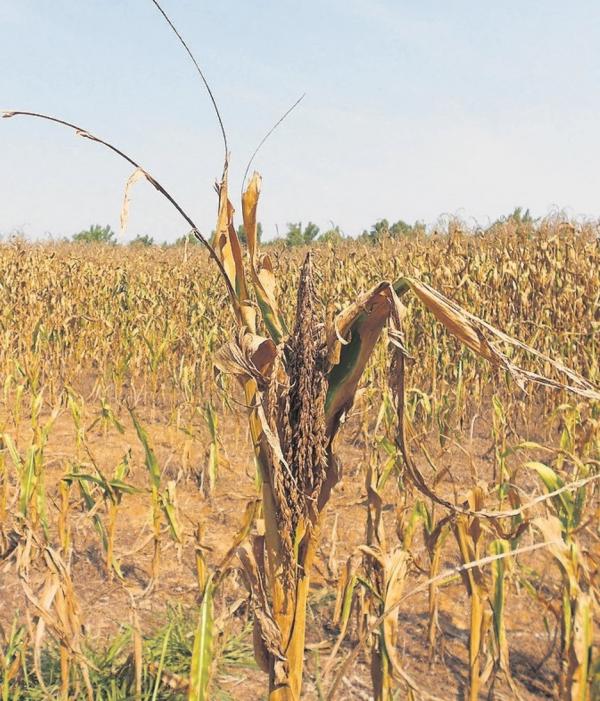Severe drought gripping Southern Africa
State of Emergency declared by Zimbabwe, Zambia, and Malawi
30 Apr 2024 by The Water Diplomat

A severe drought associated with El Niño is currently affecting Southern Africa, with extremely dry and warm conditions since October 2023, leading the governments of Zimbabwe, Zambia, and Malawi to declare a state of emergency. According to the United Nations Office for the Coordination of Humanitarian Affairs (UNOCHA), El Niño effects are hitting at a time of already significant protracted unmet needs, with some 18 million people are currently experiencing crisis levels of food insecurity. Central Mozambique, southeastern Angola and northeastern Botswana. Lesotho, eSwatini and southern Madagascar are also severely affected.
On the 29th of February, the Zambian President Hakainde Hichilema announced that the country had experienced extremely low rainfall, culminating in the worst drought that the country has experienced since the records began. In his speech to the nation, He linked the drought to climate change, stating that the effects were clearest in crop production, affecting a million hectares of agricultural land across 84 of the country’s 116 districts. Similarly, pastoralists had been negatively affected and in total 9.8 million people have been affected by the drought.
On the 23rd of March, Malawi’s President Lazarus Chakwera declared a state of disaster in 23 of the country’s 28 districts. According to Charles Kalemba from the Department of Disaster Management, the country experienced a slow onset of the rains followed by a prolonged dry spell which resulted in most of the crops wilting. The currently has low grain reserves and it is expected that some 2 million people may require humanitarian assistance if the situation persists.
On the 3rd of April, Zimbabwe’s President Emerson Mnangagwa also declared a state of emergency, stating that resources would be redirected towards supplementary grain imports. The drought is expected o impact 2,7 million people in the country.
The European Commission’s Joint Research Centre - with the support of the African Centre of Meteorological Applications for Development - has produced a report on the drought which shows that the drought began in Botswana in October 2023, and then intensified and expanded progressively to Angola, Lesotho, Madagascar, Mozambique, Namibia, Zambia, and Zimbabwe. The most intense and widespread drought was experienced by the region during February and March.
Most countries experienced above average temperatures, in particular most of Namibia, Botswana, northern Zimbabwe, southern Zambia, and western Mozambique, which together experienced average temperature increases of more than 1,5°C, representing record values not measured since the 1960’s. The report notes that heatwaves exacerbated the impact of the lack of precipitation, and the average temperature is abnormally high registering record values since 1960. A particularly severe heatwave affected the whole Zambezi basin and in particular south-eastern Angola, eastern Namibia, Botswana, southern Zambia, western Zimbabwe and northern Mozambique. The Zambezi River is at its lowest discharge for the season corresponding to about 20% of the long-term average, severely affecting hydropower production.
One of the evolving responses to extreme weather events has been the emergence of the African Risk Capacity (ARC) Group , a specialized agency of the African Union established to support governments in their responses to extreme weather events and natural disasters. Before the start of the 2023/24 agricultural season, Malawi, Mozambique, Zambia and Zimbabwe all made the decision to participate in ARC risk pools. This system enables humanitarian actors to take out insurance on behalf of the country in question. For example, in 2022 ARC made a U.S. $ 4.2 million payout to the World Food Programme in Malawi’s as well as U.S. $5.3 million for Zambia and $1,4 million for Zimbabwe.
